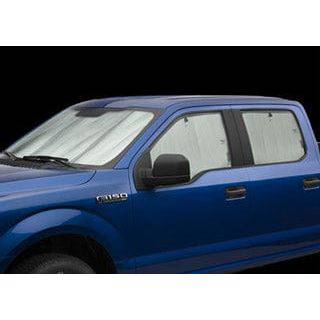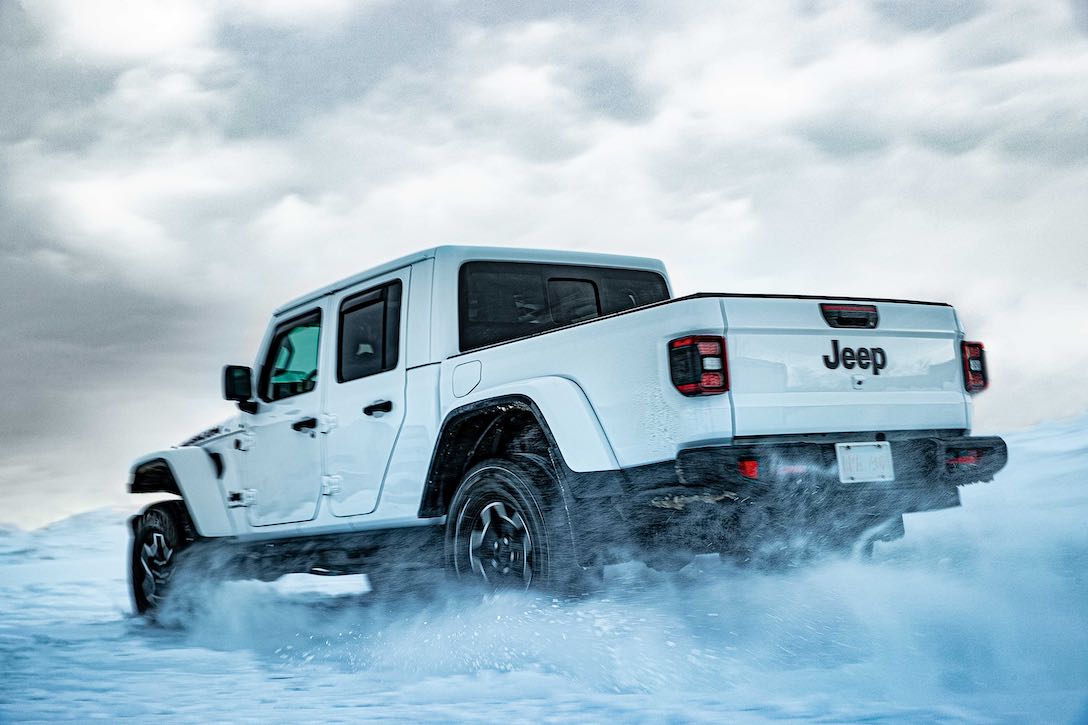Are you planning to drive in the Swiss Alps during the winter months?
If so, you’ll need to make sure that your car is properly equipped for snow and icy conditions. From car mats and seat covers for extra comfort and warmth, to snow chains and winter tyres, there are a few essential items you’ll need to have with you.
Here, we provide an overview of each item and what features to look for when choosing the right one for your vehicle. With these tips, you'll be ready to take on the winter roads with confidence. So read on, get informed, and then go to our information and product pages for all your winter driving needs!
Staying safe in the Swiss Alps: winter driving essentials
Driving in the Swiss Alps during the winter months can be a thrilling experience, but it is important to make sure that you are properly prepared for the conditions. From car mats and seat covers to snow chains and winter tyres, there are a few essential items you should have with you when traveling in these areas. Here is an overview of what you need to know to stay safe on your journey.
It is essential to prepare your vehicle for winter driving conditions in the Swiss Alps. This means investing in car accessories such as car mats and seat covers for extra comfort and warmth, as well as snow chains or winter tyres for improved traction on icy roads. It is also important to understand how these accessories work, including their proper use, installation, and maintenance.
Also, be aware of local laws and regulations regarding snow chains and winter tires—it may be mandatory to carry them at certain times of the year depending on where you are driving. Additionally, it’s important to familiarize yourself with potential hazards such as avalanches, icy patches, or extreme weather conditions that could make driving dangerous or even impossible.
Finally, one of the most important steps before setting out on any journey is checking the forecast so that you can plan accordingly and make sure of safe travel conditions. Weather patterns can change quickly in mountainous regions like the Swiss Alps, so it’s best to stay informed about current conditions before heading out onto the road.
By being aware of all these factors before taking your journey through the Swiss Alps during wintertime, you can prepare yourself for safe travels!
Car mats: readying your vehicle for snow and ice

Winter driving in the Swiss Alps is no small feat, and having the right car mats is essential for a safe and comfortable journey.
When selecting car mats, choose a material that won't crack when exposed to cold temperatures. For example, rubber provides excellent insulation against cold temperatures while still providing plenty of traction on slippery surfaces. Additionally, make sure you have enough floor mats to cover all areas of your vehicle's interior; this will guarantee maximum protection from outside elements such as road debris and snow.
It is also important to make sure that the mats are securely fastened to the floor of your car to prevent them from slipping or shifting when you're driving. Make sure each mat has an anti-slip backing so it stays in place while you drive and look for ones with raised edges that help contain messes like mud or melted snow.
Finally, consider investing in custom-fit floor mats for your vehicle; if possible; these provide optimal coverage for all areas of your car's interior while also making cleaning up messes easier than ever before. With these tips, you'll be ready to take on the winter roads with confidence!
Extra comfort and warmth with seat covers

When driving in the Swiss Alps during winter, having the correct car seat cover is essential for providing extra warmth and comfort. Not only can they offer an additional layer of insulation against cold temperatures, but they also help to preserve your car interior by limiting the number of times it needs to be cleaned. When choosing a seat cover, there are a few important features to consider:
Firstly, it’s crucial that you select a material which is waterproof in order to protect your upholstery from spills or snow coming in from the outdoors. Additionally, adjustable size should be considered as this will guarantee that your seat cover fits properly on any type of car seat. Furthermore, a breathable fabric is essential for maximum comfort and should be chosen over synthetic materials which could cause excessive sweating.
It's also beneficial to find a cover with an anti-slip backing and side flaps that will keep it securely fastened while you're on the road and give added protection against cold temperatures. Additionally, opting for one with quilted padding can provide further insulation and cushioning when driving.
When choosing a cover, make sure it looks good on your vehicle's interior as well as being durable like cotton or polyester blend.by following these tips, you can stay warm and comfortable during the winter months while keeping your car interior looking pristine! With these five important pieces taken care of, you'll be prepared to drive through any weather condition with confidence!
Snow chains: what you need to know

When driving in snowy conditions, snow chains can be a lifesaver. Used correctly, they can provide increased traction on icy roads and help guarantee a safe journey. Before making your purchase, make sure to consider the type of chain, which is best suited for your car's weight and tread pattern. Additionally, you should check that the size of the chain you buy is suitable for both the front and rear wheels.
Once fitted to your tyres, it's important to adjust them so they are neither too tight nor too loose - this will ensure maximum performance from the chains and reduce any potential damage or wear-and-tear. Furthermore, be sure to abide by regional restrictions regarding when and where snow chains may be used. Finally, remember that while snow chains can provide extra grip in difficult conditions, they should not replace winter tyres - both are essential for an optimal level of safety during winter months.
Be prepared with winter windscreen covers and tyres

When driving in the Swiss Alps during wintertime, it is important to be prepared with the right equipment. Winter windscreen covers offer an extra layer of protection from snow, ice, and debris while maintaining interior temperatures and can even keep your windscreens "frost-free" overnight. When choosing a cover, look for one made of durable material that offers Ultra-Violet (UV) protection and thermal insulation to prevent condensation build-up.
Winter tyres provide increased grip on icy roads by having deeper treads than regular summer tyres as well as special rubber compounds that remain soft in cold temperatures. There are two main types available – studded and non-studded (also known as all-season). While studded tyres boast excellent performance on icy roads, they can be noisy at higher speeds and cause damage to road surfaces if used inappropriately. Non-studded tyres are better suited to wet weather conditions but may not perform optimally in extreme weather or mountainous terrain where more traction is required.
Before stocking up on winter windscreen covers or any other car accessories for driving in the Swiss Alps during winter months, it is important to factor in your driving style, speed limits in your area, the terrain you will drive over, type of car you own as well as budget constraints when selecting the right tyre size for your vehicle. Remember that different vehicles require different sizes of tyre - always double-check before buying new ones so you don't waste money!
Furthermore, it is important to note that winter tyres are not a substitute for safe driving. They help you to brake, accelerate, and steer better in cold conditions, but they cannot protect you from dangerous driving situations. You should always drive according to the weather conditions and adjust your speed accordingly. Make sure to stay alert and be aware of road conditions.


